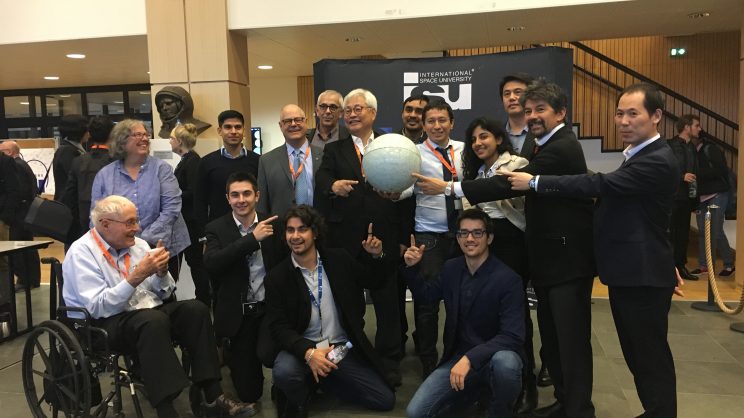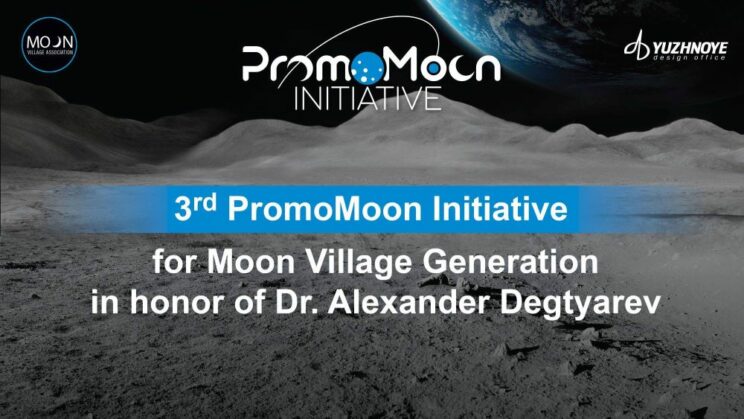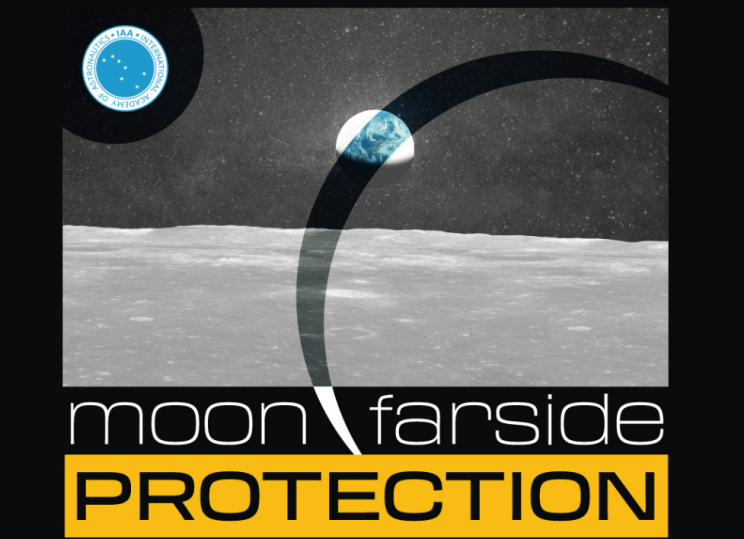
James (Jim) Burke – Obituary, 1925 – 2023
James Donahue Burke (Jim)
Jim Burke was beloved within the Moon Village Association family. A supporting member, he attended the very first International Moon Village Workshop & Symposium in 2017 in Strasbourg, France, and has supported our activities ever since.
In 2020, Jim received the MVA Lifetime Achievement Award, in recognition of his profound contributions to not only Lunar Exploration, Development and Settlement but also for his lifetime of achievement in advancing humanity’s exploration and understanding of space.


Obituary
Born September 18, 1925, died August 19, 2023 in Sierra Madre, California.
Son of Richard James Burke and Minnie Littleton Burke, Jim was a sailor, a lifelong private pilot, and a Lunar engineer at the Jet Propulsion Laboratory. He was dedicated to the peaceful international exploration of Space.
Jim inherited his passion for discovery from his father, inventor and aviator Richard Burke, RNVR. He loved geology, the desert and mountains, and would pull over at any roadside to examine strata and look for fossils. He crewed on sailboats in races to Hawaii and Ensenada, Mexico.
Educated at the Webb School of California, Jim joined the Navy in 1943, serving until 1947. Jim trained at the Naval Aviation Preflight School at St Mary’s in California, and at the Naval Air Training Center in Pensacola, Florida, flying SNJ and PBY aircraft.
Jim graduated with an Aeronautics degree from California Institute of Technology and went on to work at The Jet Propulsion Laboratory for 35 years. He took great pride in the success of the Planetary program.
Jim met and fell in love with Caroline Copeland (Lin), dancer, musician and educator, on a ski hill. They were married in 1949. They had five children and three grandchildren, all of whom they encouraged to thrive in the arts and sciences.
In the early 1960s Jim worked for the Central Intelligence Agency, tracking the telemetry of the Soviet Luna and Venera Space rocket launches with the Stonehouse antenna. (See: Mark Betancourt, Smithsonian Air and Space Magazine, September 2016.) Decades later, Jim had the opportunity to teach with Professors Nikolai Tolyarenko and Mikhael Marov at the International Space University. As friends and colleagues in a peaceful educational setting they shared with young students the difficult challenges and spectacular achievements of their respective nations’ early Space exploration programs.
In the late 1970s Paul MacCready, Jim Burke, Peter Lissaman and their team designed and built two human powered airplanes, the Gossamer Condor and Gossamer Albatross. In 1977 pilot Bryan Allen flew the Condor at Shafter Airport in California, winning the Kremer Figure of Eight Prize, sponsored by Henry Kremer and awarded by the Royal Aeronautic Society. In 1979 Allen flew the Albatross across the English Channel to win the second Kremer Prize for a flight from England to France. Jim piloted the Zodiac that traveled beneath the Albatross across the Channel.
Jim and Lin Burke were founding supporters of the International Space University, traveling every year to teach and participate in ISU summer sessions. They took great pride in the ISU Team Project publications, and in watching the careers of students flourish after their study at ISU. They contributed to scholarships for ISU students.
Jim was a supporting member of the Moon Village Association, and relished the international technical and cultural dialogue at MVA conferences on the subject of Lunar Exploration, Development and Settlement.
As a sustaining member of The Planetary Society, Jim sponsored the Society’s projects in partnership with Space agencies around the world. He praised the Society’s outreach to young people and commitment to building community in a global forum. He was technical editor of the Planetary Report. Jim worked on the Mars Balloon experiments in the Mojave Desert in California. On another trip to the Mojave Jim brought back large Mars-like rocks for the Society’s Mars Rover model project.
Jim was a member the American Institute of Aeronautics and Astrophysics, a supporter of the Space Generation Advisory Council, and the Caltech Alumni Association. As a member of the American Geophysical Union he attended the yearly AGU meeting, focusing on the sessions on Planetary Geophysics.
Jim and Lin traveled widely, going every year to Wyoming, sailing, skiing at Waterman and Mammoth Mountain in California and in the Alps. They took a 1/6 Gravity flight with Zero-G. They loved classical music and were patrons of the Pasadena Symphony, the Long Beach Symphony, and the LA Philharmonic Orchestra.
During his final illness Jim was still able to delight in the discoveries of the James Webb Space Telescope, the development of the Nasa Artemis program, and the success of the Chandryaan-3 Moon Landing. He celebrated the achievements of his many friends. The future is where he was always looking.
Jim was preceded in death by his wife Lin, and his son Peter Burke.
He is survived by his son Richard (Ellen,) daughters Susie (Chas,) Margie, Annie (George,) granddaughters Annabel (Jeff,) Else (Adrian,) and Genevieve (Chris.) He is soon to be a great grandfather.
Jim loved to fly kites. If he didn’t have a kite with him he would make one from plastic bags, drinking straws, and sewing thread. Wherever he went he found a way to get out on the water, from an inflatable boat on a lake or river, to a fast yacht on the Ocean.
Sail on, Papa.
Richard, Susie, Margie and Annie Burke



